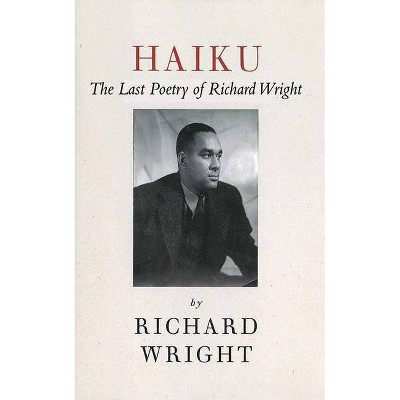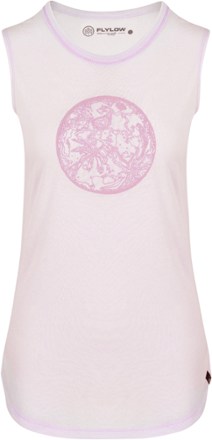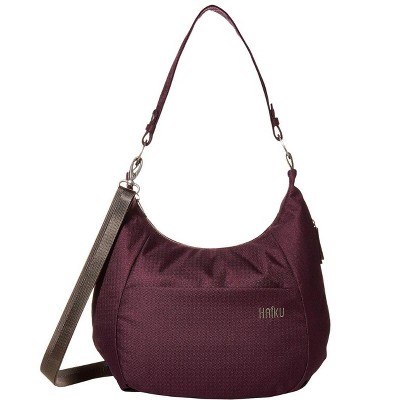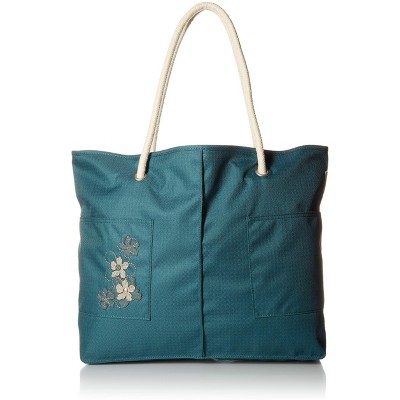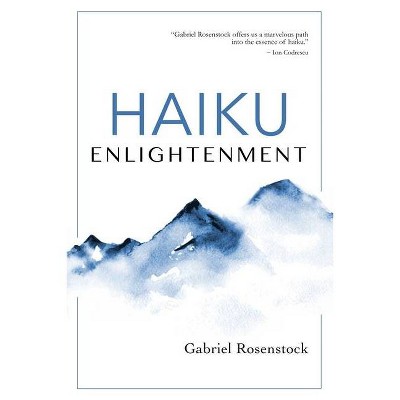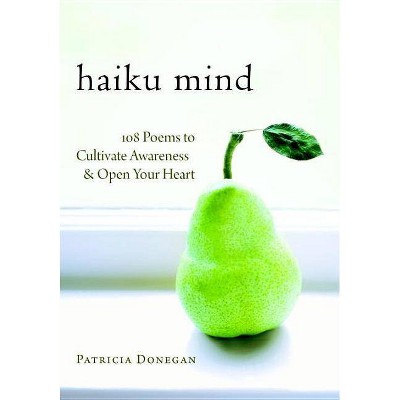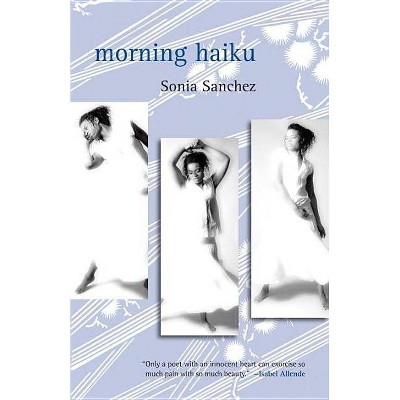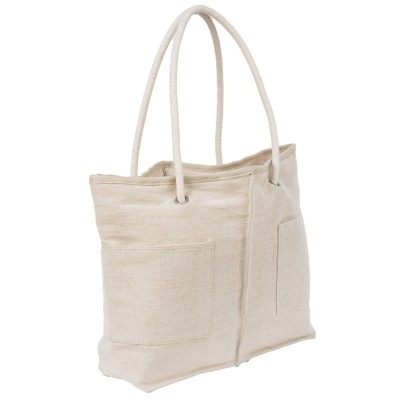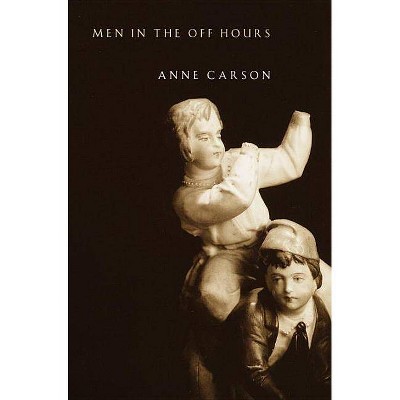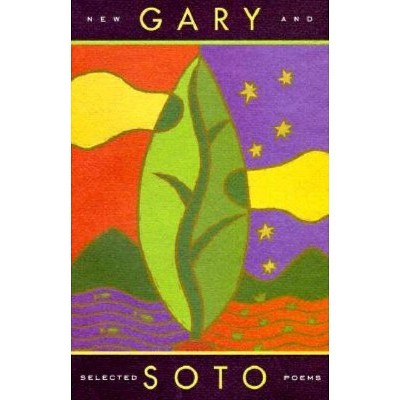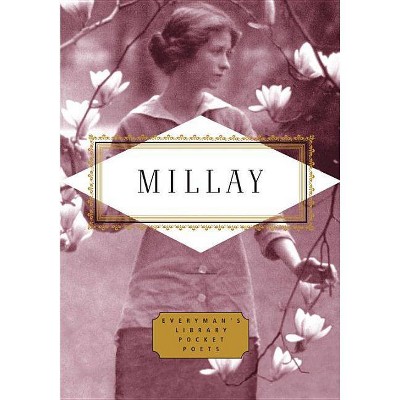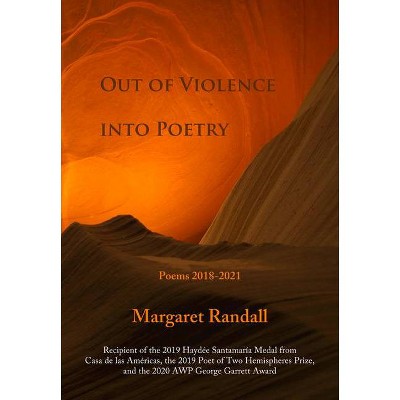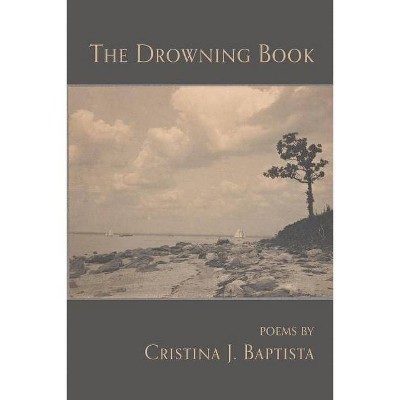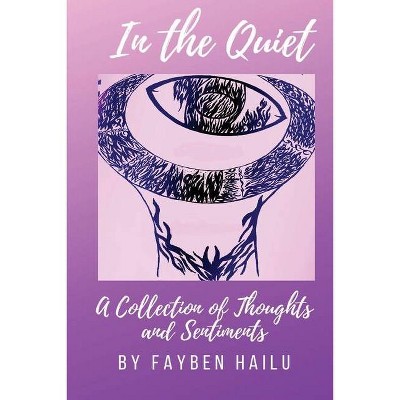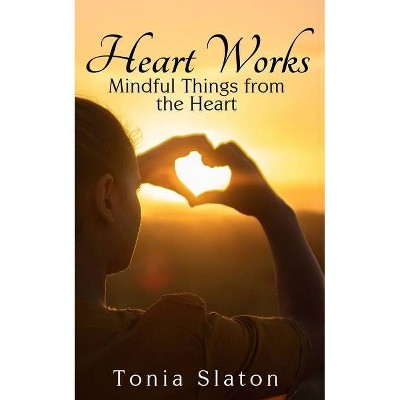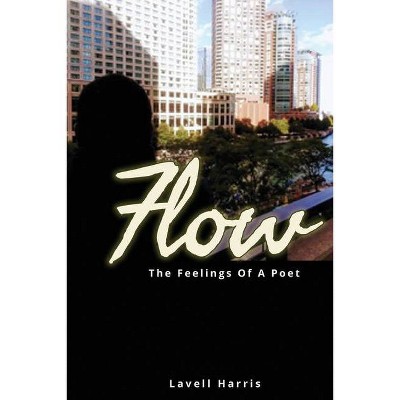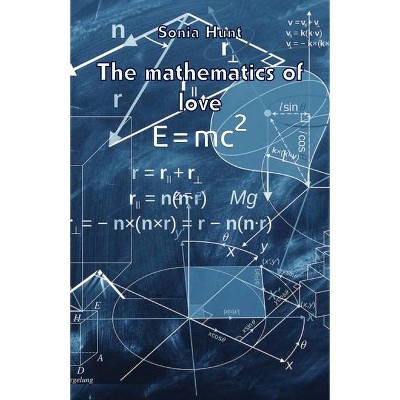Haiku Yellow - (Haiku Seasons) by P J Reed (Paperback)
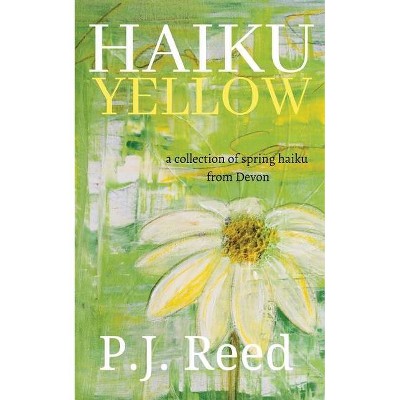
Similar Products
Products of same category from the store
AllProduct info
<p/><br></br><p><b> About the Book </b></p></br></br><p>This soul-enhancing book will keep you company for every day of Spring.</p><p/><br></br><p><b> Book Synopsis </b></p></br></br><p>'For lovers of springtime...'</p><p>Within the pages of P.J. Reed's gorgeous collection, <strong>Haiku Yellow</strong>, </em>you will find haiku that will transport you to the unspoilt Devon countryside in Spring. This collection bursts with excitement and drama, as the yellow of the springtime flowers breaks through the bleakness of winter. It is the season of hope and rebirth, which has been eloquently captured in a series of outstanding word pictures, thoughts, and emotions written in the timeless elegance of haiku poetry.</p><p>This soul-enhancing book will keep you company for every day of Spring.</p><p><strong>Haiku Yellow</strong> is the first book in the <em>Haiku Seasons </em>collection.</p><p/><br></br><p><b> Review Quotes </b></p></br></br><br><p>'A lyrical collection that is immersive and enlightening. Beautifully constucted. A step outside oneself. The glossary and historical research is fantastic. A view of our industrial nation from a naturalistic perspective, ' VD.</p><p>'A book filled with poetry as beautiful as the cover. A lovely collection of spring to summer themed haiku. The words P.J. Reed uses really bring the pages to life. Just beautiful! *****' SY</p><p>Haiku Yellow by PJ Reed Review by Nick Armbrister</p><p>This book is a Haiku poetry anthology written by PJ Reed. The work here is varied and well written. Well written in the sense that the reader is drawn in and experiences the short poems, both as observer and participant. The poems vary greatly and have some excellent feel good lines, eg: </p><p><br></p><p><em>bird songs after rain</em></p><p><em>a chorus of happiness</em></p><p><em>the wood is perfumed</em></p><p><br></p><p>Upon reading that, I was in the woods with their fresh leaves with the singing birds and newly opened scented flowers. A place where it is fine to be alone to experience and feel. Here, being alone is positive. Other poems contrast well with that piece. This piece is exceptionally nice: </p><p><em>from darkness hidden</em></p><p><em>the shy moon appears and smiles</em></p><p><em>my soul companion</em></p><p>Again the reader is there to both see and feel the darkness of the winter disappear when the moon is there. Like spring bursting forth. Is this intentional? The seeing and feeling?</p><p>Other work leaves the reader no time to dwell or wonder. Or do they? What of unmade decisions and their consequences, wafting away on the clouds after much deliberation? The reader can only imagine the decisions and outcomes, good or bad (...watch decisions best unmade/chase empty clouds).</p><p>Haiku Yellow is an internal and external journey. The season is spring, the poems have observations that the reader must find and feelings to make them think then become one with the poems.</p><p>My favourite piece is this one: </p><p><em>night time once more and</em></p><p><em>lonely moon asks for a friend</em></p><p><em>my bed lies empty</em></p><p>The natural world and writer's personal world collide/join/are as one. Nighttime beauty is there but so is desolation and loneliness. Is there a plea or invitation here? To join the writer to banish loneliness? Is the writer remembering an old flame or yearning for a new one? Myself, I relate to this.</p><p>Simple watercolours and photos of flowers and trees break up the poems and add character and imagery to the book. The reader is left in no doubt that Mother Nature's world is central here. When her world interacts with the human world it can be sad and very real (poor yellow flower/stands tall in her concrete crack/is this poverty). This piece has the 80s written all over it and all it stood for; mostly working class deprivation, striking miners, opposing mindsets and East v West. It's about the people in Thatcher's Britain, not the flower in my understanding of the poem's words.</p><p>Some of the other poetry capture and compare new spring nature to the freshness of youth. In time, winter and life will defeat both.</p><p>Yet more work highlights being a pair (...softly pair of preening doves) yet the writer seems always to be alone (...I am only one). Is this by choice or circumstance?</p><p>In these pages are lost love, loneliness, powerful mental pictures, deeper emotional scenes and all that is needed if you live far from the scenes here. If the reader lived in a barren desert then with this book, they're in the spring meadow or flying with the gulls.</p><p>An excellent book. Highly recommended for readers of PJ Reed, poetry fans, Haiku lovers and readers in general.</p><br>
Price History
Price Archive shows prices from various stores, lets you see history and find the cheapest. There is no actual sale on the website. For all support, inquiry and suggestion messagescommunication@pricearchive.us

